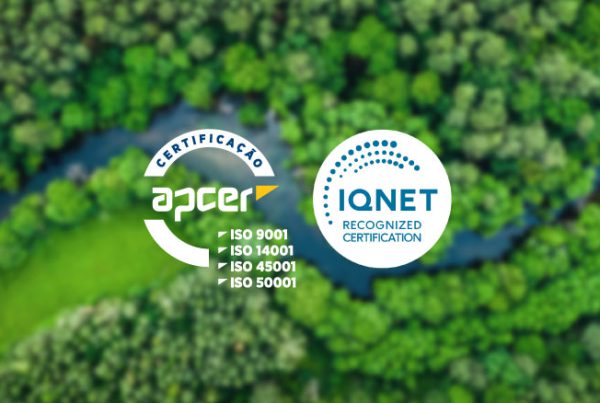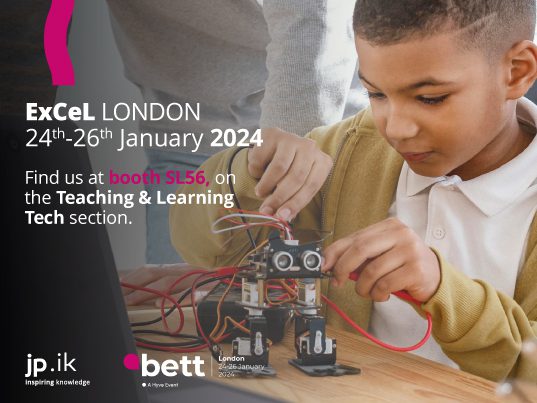Reshaping learning environments into makerspaces
The design of a formal learning space is embedded in a hand full of premises and promises about what Education should look like and respond to.
Political, economic, societal, and local communities’ interests mingle in the dozens of approaches and practices addressed to schools. As a space for growth and becoming, our ideologies, fantasies, and projections about what the future should or is expected to be give pace to technological advancements or adjustments for educational purposes. Nevertheless, too often decisions about school environments’ design are made from the outside, based on competencies’ frameworks that serve global tendencies and drivers as the worlds were all the same. Considering that schools are made by the people who daily vivify their local educational institutions through their struggles and triumphs, to have room for creative and purposeful design would be a fair expectation for the educational communities. If some pressure from the outside may be done in order to challenge its systemic equilibrium, schools’ desideratum would be to balance this novelty with internal processes, dynamics, and goals.
A socio-constructionist approach to learning consecrates the opportunity for a purposeful educational resources’ evaluation in the horizon of local community’s sense of agency. But in the contemporary landscape of machine learning, data analytics, and artificial intelligence applied to Education, the learning experience might be understood through new lens, where the potential of these new technologies seem to push the concepts of learner, teacher and affective-cognitive learning experience forward.
George Siemens does even propose Connectivism as a learning theory that tries to grasp the role of Internet and evolving technologies in information share and learning reshape across peer networks that take place online.
Connectivism, engraved by George Siemens, is a hot topic.
Keep it on your radar!
As a great share and production of data is enabled through new technologies and a bunch of new tasks are facilitated – such as automated grading, feedback loops for teachers, virtual facilitators, adaptive and personalised learning, customised materials and proctoring –, the conceptualisation of what formal education might be and the expectations about how the learning experience may be reshaped from within are being deeply transformed. In a world where technology is covering an unprecedent range of cognitive functions previously held by individuals and facing the ubiquity of hypertext is not possible to imagine a learner’s linear narrative for the accommodation of new material anymore. So new approaches are being drawn in the learning theories’ field to encompass chaos, network, and complexity as new information is being produced and acquired immediately and as critical thinking is becoming key to understand its relevance and power for further moves.
As technologies are not neutral entities, each choice made for a formal learning environment reflects that context’s actual conditions and the perspectives on how learning should occur, how learners are expected to move in their learning spaces and the kind of aspirations they may chase. These decisions may comprise physical learning spaces, tangible (e.g., Augmented Reality) and intangible (e.g., Artificial Intelligence) technology. They must also respond to teachers and educational agents’ preferences and professional development needs to correspond to the demands and wide range of challenges posed by the changes the Fourth Industrial Revolution brings.
As it seems to be consensual in what concerns education technologies, opportunities for individual and communitarian action and agency must be assured. And such capacities and wills will be exhorted by a context where diligences are taken in favour of reasoning, expression, experimentation, and sharing. But possibilities brought to the learning environments – those that were so many times associated with the advancements on education technologies – do not constitute a new movement as we might think.
The “open classroom†movement that started in British public schools after the World War II and that then spread to the United States did already advocate for active and self-directed learning (not teacher-driven) and expression through different media. It proposed flexible learning spaces, where students could interact with a bunch of rich learning materials and curriculum-related activities, individually or in small groups. So, the environments that make this kind of classroom come true are necessarily non-hierarchical, they are knowledge and experience-centred, blending physical and virtual material in a multi-functional design. As Professor Keri Facer states, classrooms should not be conceived “as prefigurative spaces for the creation of better futures predetermined by adults but as laboratories and experimental spaces for children to explore the possibility of radical noveltyâ€.
For her, augmented technologies and artificial intelligence may originate opportunities to authentically connect and collaborate effortlessly with each other and teachers in real-time across virtual and physical settings.
These ideas are the lighthouse for the choices we propose for our learning environments: environments that actually respond with diversity to the diverse modes of learning and achieving, environments that make sense clear through a formative experience that is built from intentional and selected actions and reflections upon one’s world.




